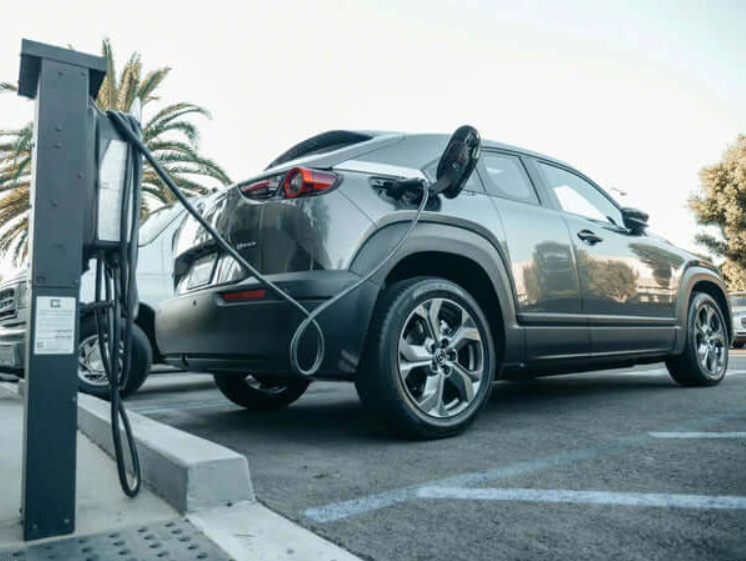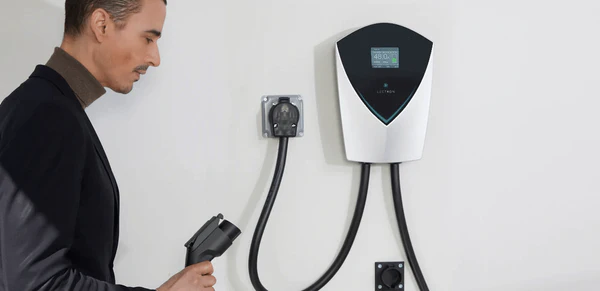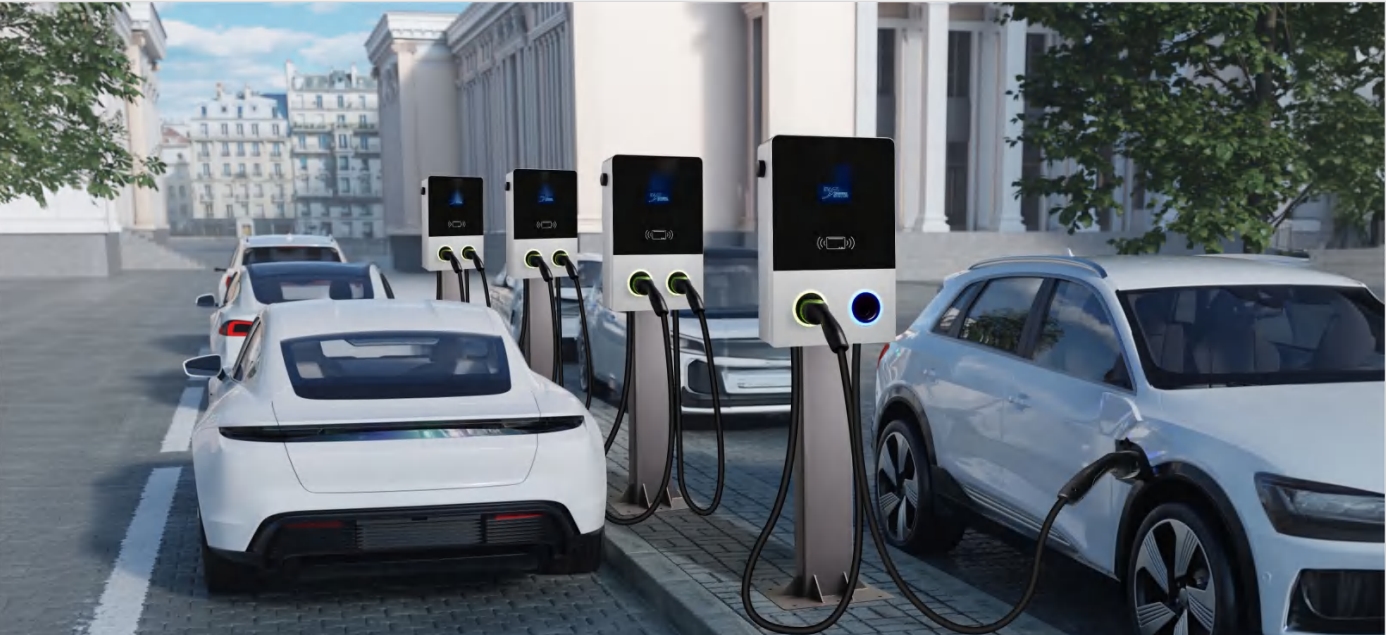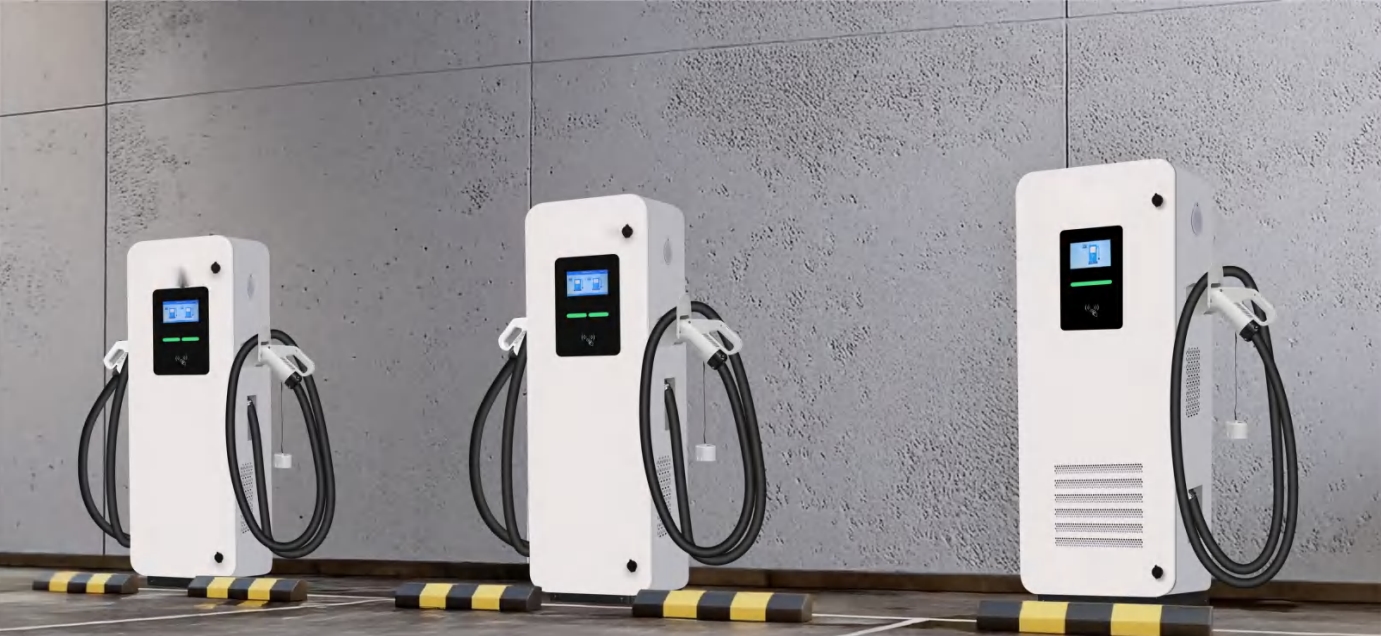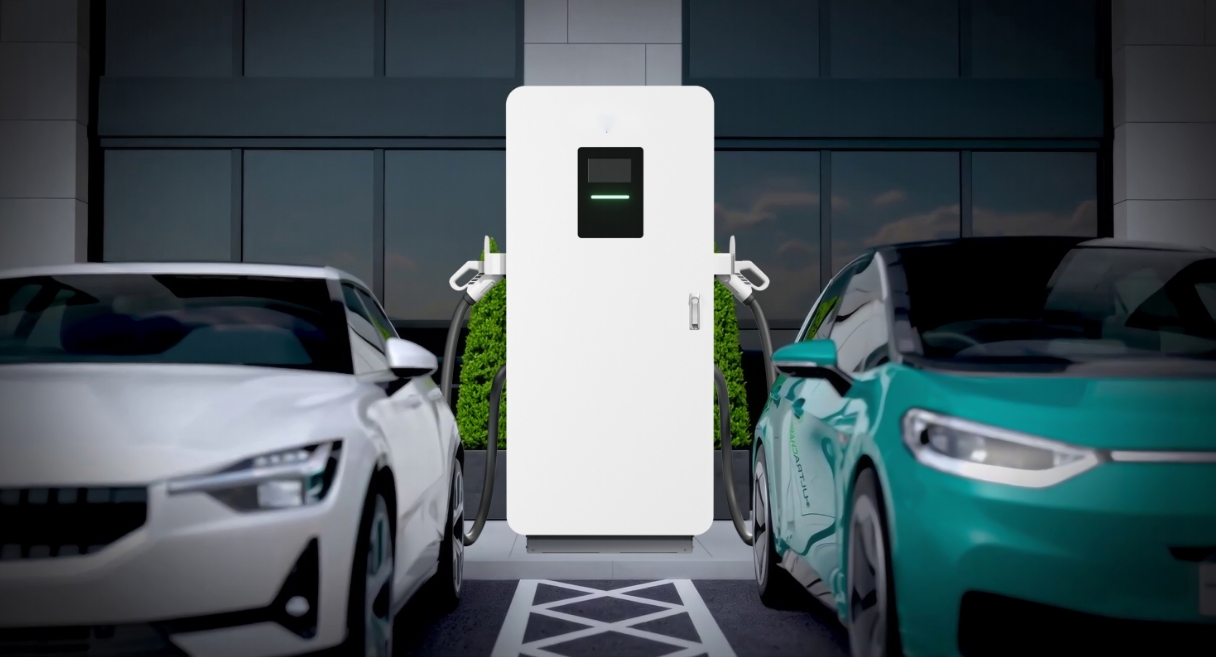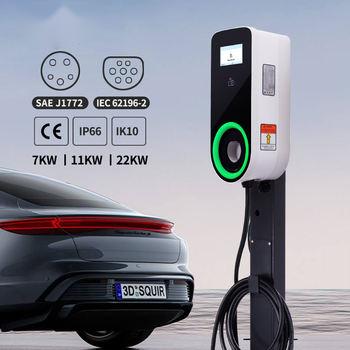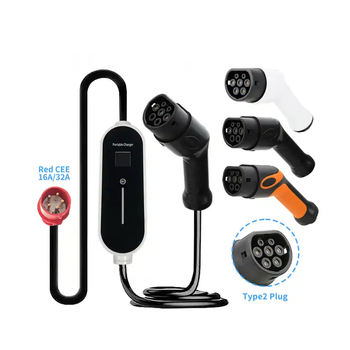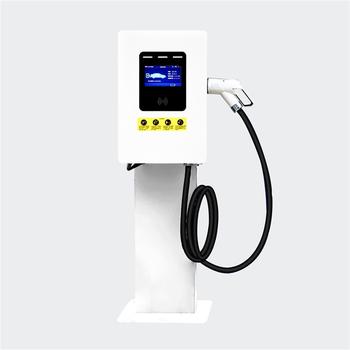Application of Smart Charging Piles: Enhancing Electric Vehicle Charging Efficiency and Sustainability
Application of Smart Charging Piles: Enhancing Electric Vehicle Charging Efficiency and Sustainability
Electric vehicles (EVs) have emerged as a key player in the transition towards cleaner, more sustainable transportation. As the number of electric vehicles continues to rise globally, the need for efficient, reliable, and environmentally friendly charging solutions has become more pressing. Smart charging piles represent a critical advancement in this effort, addressing the challenges associated with charging infrastructure, energy management, and the environmental impact of vehicle charging. In this article, we will explore the design, functionality, and application of smart charging piles, and how they are revolutionizing the EV charging ecosystem.
Environmental Considerations for Charging Piles
The installation of electric vehicle charging piles is predominantly an outdoor activity, which means that these systems must be designed to endure a variety of environmental conditions. From extreme weather fluctuations to heavy pollution, charging piles need to withstand the harshest elements to ensure both longevity and operational efficiency. The material choices for smart charging piles are therefore crucial.
Corrosion and Weather Resistance in Charging Pile Design
The most commonly used materials for outdoor charging piles are stainless steel and aluminum, both of which provide exceptional resistance to rust, corrosion, and weathering. These materials are durable enough to withstand rain, snow, extreme heat, and humidity. Stainless steel is particularly beneficial because of its inherent strength and resistance to corrosion, ensuring the longevity of the charging pile structure.
In addition to robust metallic materials, polycarbonate (PC) materials are often used in specific areas of the charging pile, such as the display area and card-swiping modules. PC is known for its excellent corrosion resistance, high impact resistance, flame retardancy, and self-extinguishing properties, making it an ideal choice for components exposed to direct sunlight, dust, and rain.
Ensuring Safety and Durability
The durability of smart charging piles is not just a matter of material choice but also involves the overall design structure. The inclusion of canopies over charging units is becoming more common to protect both the equipment and the users from environmental exposure. These structural designs help prevent damage from weather conditions, ensuring that the charging stations remain fully functional throughout the year.
Energy Consumption Standards for Charging Piles
Efficient energy consumption is one of the primary concerns when it comes to the design and operation of smart charging piles. To assess the efficiency of charging piles, especially in regions like China, energy efficiency standards have been introduced to regulate performance.
30-Minute Fast Charging Efficiency
A key metric used in evaluating the performance of 120 kW charging piles is the 30-minute fast charging efficiency. This metric measures the amount of energy transferred to an electric vehicle’s battery within a 30-minute session. The effectiveness of this charging process is determined by how much distance the vehicle can travel once the charging session is completed. This standardized evaluation helps assess the overall efficiency of charging piles and their ability to meet the increasing demand for rapid charging solutions.
By focusing on the energy transfer during short charging sessions, smart charging piles are designed to optimize energy flow, minimize waste, and reduce charging times, ensuring that electric vehicles are ready for use in the shortest possible time frame.
Intelligent Charging Pile Design and Functionality
The main advantage of smart charging piles lies in their ability to provide intelligent, tailored charging solutions based on real-time data and user needs. The control modules at the heart of these systems allow for seamless coordination between different hardware components, ensuring that the charging process is as efficient and personalized as possible.
User-Centric Power Management
The design of smart charging piles involves customizing the power distribution to suit the unique needs of the user. By utilizing sophisticated algorithms, the charging pile control module can assess the battery status of each vehicle and adjust the charging speed accordingly. This not only optimizes charging time but also enhances the battery lifespan by preventing overcharging or undercharging, which can lead to performance degradation.
Furthermore, these intelligent systems are capable of load balancing, which means they can distribute power efficiently among multiple vehicles connected to the same charging station. This ensures that each vehicle receives the optimal amount of power, even in cases of high demand.
Remote Monitoring and Real-Time Data Analytics
Smart charging piles are equipped with advanced sensors and communication systems that allow them to gather real-time data on charging performance, energy consumption, and system health. This data can be accessed remotely by users and fleet managers, providing them with valuable insights into the charging process.
The control module enables remote monitoring and management of charging sessions, allowing operators to optimize charging schedules, identify maintenance needs, and even adjust energy allocation based on demand. This data-driven approach enhances operational efficiency and ensures that users always have access to reliable, fast, and safe charging solutions.
Intelligent Charging Pile Interconnection Design Scheme
For large-scale deployments of charging stations, particularly in urban areas, managing multiple charging piles from a central location becomes essential. To facilitate this, smart charging piles are often equipped with interconnection capabilities that allow them to communicate with a centralized system.
Centralized Server Management
The interconnection design of smart charging piles ensures that all devices are connected to a centralized server, providing administrators with real-time access to the status of each unit. This integration allows for efficient management and maintenance, ensuring that any faults or issues can be addressed promptly. Additionally, the use of cloud-based platforms allows for seamless access to the system from anywhere, enhancing operational flexibility and control.
The centralized management system uses a unified communication protocol, allowing all registered devices to transmit their information to a cloud server. This streamlined communication system enables back-end managers to track the health of each charging unit, monitor power usage, and even update software remotely to ensure all devices remain up-to-date with the latest functionalities.
Sustainability and Future of Smart Charging Piles
As the adoption of electric vehicles continues to rise, the role of smart charging piles in achieving a sustainable transportation ecosystem becomes increasingly vital. These charging solutions not only address the immediate needs of EV users but also play a crucial role in reducing the carbon footprint of the transportation sector.
Energy Efficiency and Renewable Energy Integration
One of the most significant advantages of smart charging piles is their ability to integrate with renewable energy sources, such as solar and wind power. This integration can help reduce the environmental impact of charging, as it ensures that the energy used to charge electric vehicles comes from clean, sustainable sources. By pairing smart charging piles with renewable energy grids, cities and businesses can achieve a more sustainable and eco-friendly charging infrastructure.
Advancements in Smart Charging Technology
Looking ahead, advancements in battery storage technologies and AI-driven power optimization are expected to further enhance the performance of smart charging piles. These developments will enable even more efficient power allocation, faster charging times, and better integration with renewable energy sources, making smart charging piles an essential component of the future electric vehicle ecosystem.
Conclusion: The Role of Smart Charging Piles in the EV Revolution
Smart charging piles are at the forefront of the electric vehicle revolution, offering innovative solutions to the challenges of charging infrastructure, energy management, and environmental sustainability. Their ability to optimize power distribution, provide real-time data, and integrate with renewable energy sources makes them an indispensable tool in the push for a cleaner, more efficient transportation system.
By continuously evolving to meet the demands of a growing EV market, smart charging piles ensure that the transition to electric vehicles will be both seamless and sustainable for future generations.
FAQ: Application of Smart Charging Piles
1. What is the purpose of smart charging piles?
Smart charging piles are designed to efficiently charge electric vehicles (EVs) while providing enhanced control, monitoring, and durability. They address key issues such as EV battery endurance and enable faster, more convenient, and environmentally friendly charging solutions.
2. What environmental factors must be considered in the design of charging piles?
Charging piles are typically installed outdoors, so they must withstand various environmental conditions such as dust, rain, and extreme weather. To achieve this, materials like stainless steel and polycarbonate (PC) are used for their corrosion resistance, toughness, and weatherproof qualities. Additionally, protective canopies are often added for extra durability.
3. How is the energy efficiency of charging piles evaluated?
The energy efficiency of charging piles is assessed using the "30-minute fast charging efficiency" metric. This measures the amount of energy transferred during a 30-minute charging session with a 120 kW charging pile when the EV battery is empty. The energy is then converted into the mileage the vehicle can achieve under standard operating conditions.
4. How do smart charging piles adapt to users’ needs?
Smart charging piles utilize a main control module that analyzes users’ power demands and develops a tailored service strategy. This strategy ensures optimal energy delivery while coordinating data with other hardware modules. Centralized power allocation during charging allows for increased efficiency.
5. Can charging piles be monitored remotely?
Yes, smart charging piles are equipped with interconnection capabilities, allowing back-end administrators to monitor the status of each device in real time. By employing a unified communication protocol and cloud platform, administrators can manage registered devices online and ensure centralized control.
6. What materials are commonly used in charging pile construction?
Charging piles are constructed using durable materials:
- Stainless steel: Provides corrosion resistance and weatherproofing.
- Polycarbonate (PC): Used for display and card-swiping areas due to its fire resistance, toughness, and durability.
7. What role does the cloud platform play in smart charging piles?
The cloud platform allows centralized management of all charging piles. Device information is registered on the platform, enabling administrators to access and control devices remotely, ensuring real-time updates and efficient operation.
8. Are smart charging piles energy-efficient?
Yes, smart charging piles are designed to maximize energy efficiency. They are equipped with centralized power allocation systems and meet the "30-minute fast charging efficiency" standards, ensuring high-performance charging.
9. How do smart charging piles benefit EV owners?
Smart charging piles provide several benefits to EV owners:
- Faster and more efficient charging.
- Real-time monitoring and status updates.
- Enhanced durability for outdoor use.
- Convenient and environmentally friendly charging solutions.
10. Are smart charging piles compatible with all EV models?
Most smart charging piles adhere to universal standards, making them compatible with a wide range of electric vehicle models. However, it is always recommended to check for compatibility with specific EV brands.
If you have further questions about smart charging piles, feel free to ask!


 Phone
Phone Send Email
Send Email whatsapp
whatsapp Facebook
Facebook Youtube
Youtube


